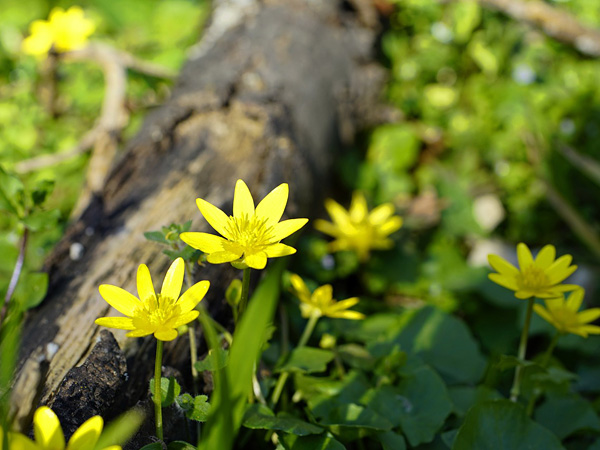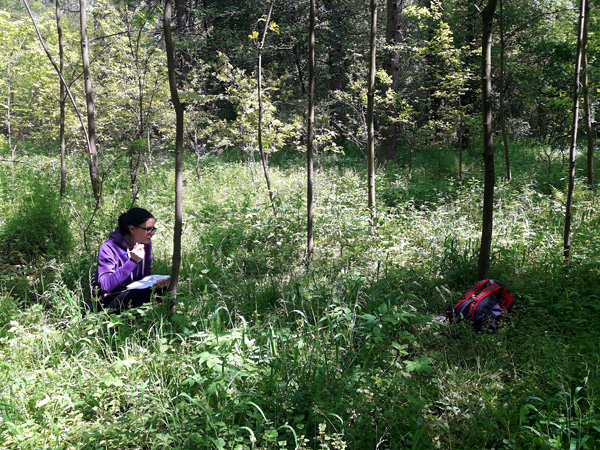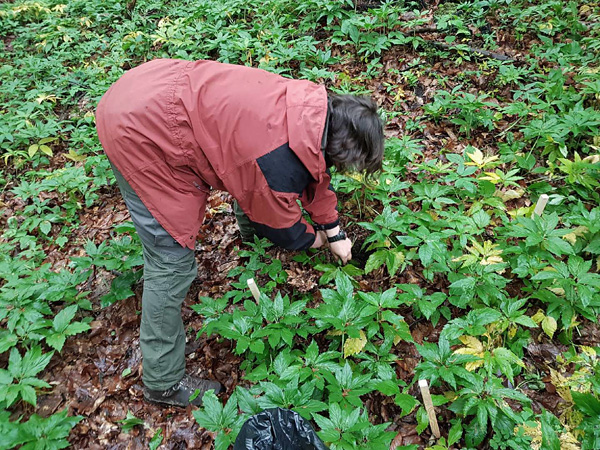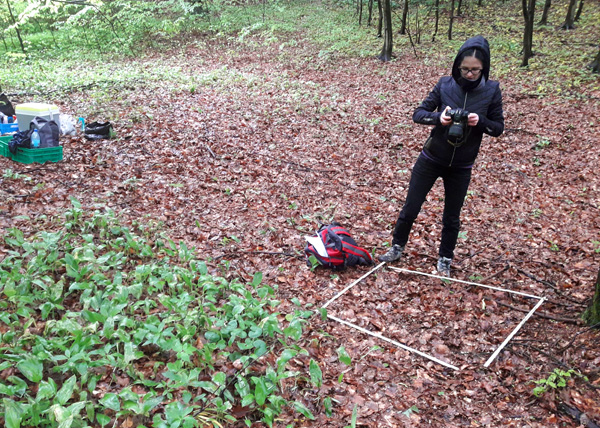Herbaceous plants as one of the important factors of soil microbiome diversity in forests – a new publication
Understory vegetation often seems to be a neglected component of temperate forests, especially where it is abundant for only a short time (a few weeks in spring). In fact, it is crucial for maintaining the biodiversity and functioning of these ecosystems. The understory can contain up to 80% of the species that make up the forest phytocoenosis, most of which are herbaceous plants. Although these species represent only a small percentage of forest biomass, they accumulate and then release to the soil, through root exudates or the production of dead organic matter, a significant amount of macro- and micro-elements that can influence ecosystem processes dependent on soil micro-organisms.
The problem of interactions between herbaceous plants and the soil microbiome in temperate forest ecosystems was recently addressed by an international research team led by Prof. Szymon Zubek of the Institute of Botany at the Jagiellonian University. The team included scientists from the Institute of Microbiology of the Czech Academy of Sciences, Charles University in Prague and IB PAS (Prof. Anna Stefanowicz and Dr Małgorzata Stanek). The results of the research have been published in Soil Biology and Biochemistry, one of the leading journals in the field of soil biology.
The study compared the influence of selected herbaceous plant species – Allium ursinum and Dentaria enneaplyllos in a beech forest and Ficaria verna and Aegopodium podagraria in a riparian forest – on two major groups of soil microorganisms, bacteria and fungi. Herbaceous vegetation was shown to shape the spatial structure of the soil microbiome by increasing the diversity of ecological niches. The presence and type of herbaceous vegetation determined, among other things, the species composition of saprotrophic fungi responsible for decomposing dead organic matter in both forest types, as well as the species composition of symbiotic plant fungi – arbuscular mycorrhizae in a beech forest and endophytic fungi and plant pathogens in a riparian forest.
The results of the study indicate a strong relationship between herbaceous vegetation and the soil microbiome, especially its fungal component, which should be taken into account when planning activities at the interface of forest management and nature conservation.
See the original article:
Zubek S., Rożek K., Chomolowska D., Odriozola I., Větrovský T., Skubała K., Dobler P. T., Stefanowicz A.M., Stanek M., Orzechowska A., Kohout P., Baldrian P. 2024. Dominant herbaceous plants contribute to the spatial heterogeneity of beech and riparian forest soils by influencing fungal and bacterial diversity. Soil Biology and Biochemistry 193: 109405. DOI

Ficaria verna – one of the species included in the study.
Photo: pixabay.com

Botanical survey at the riparian forest site.
Photo: Anna Stefanowicz

Soil collection from the study plot established in a patch of Dentaria enneaplyllos.
Photo: Szymon Zubek

A control plot next to a patch with Allium ursinum.
Photo: Anna Stefanowicz





